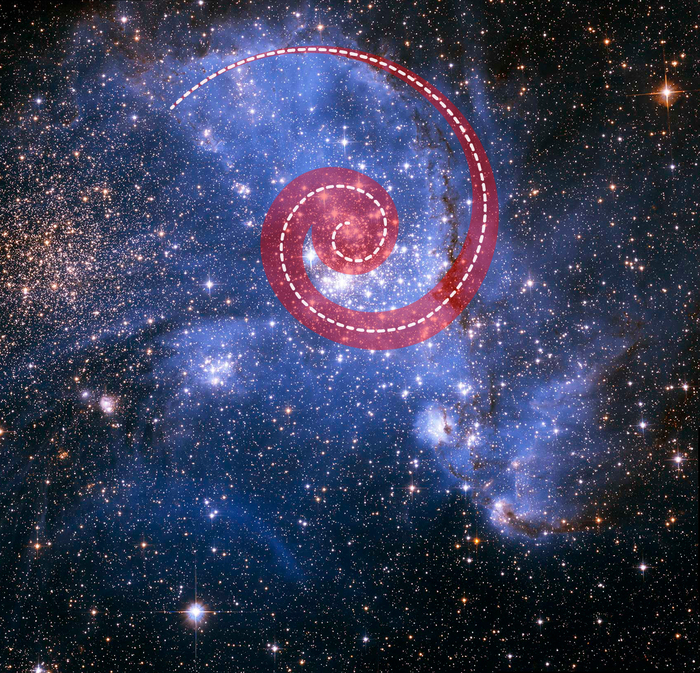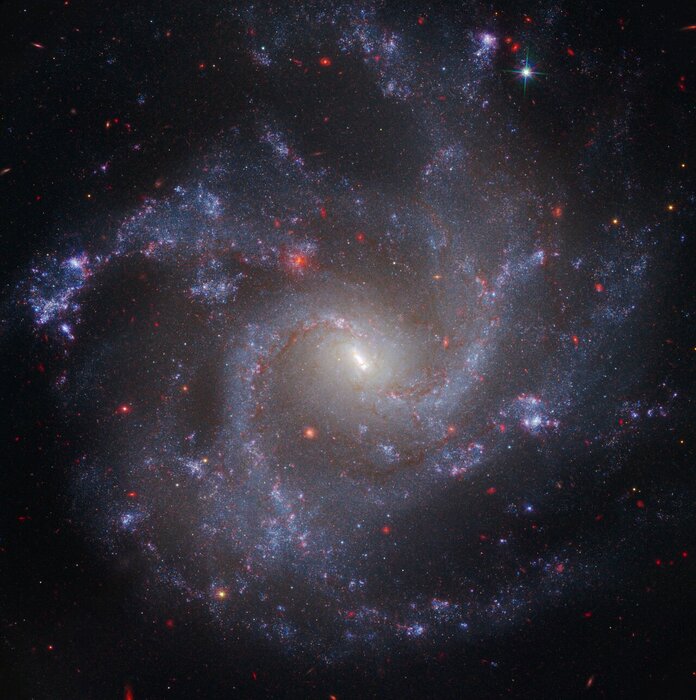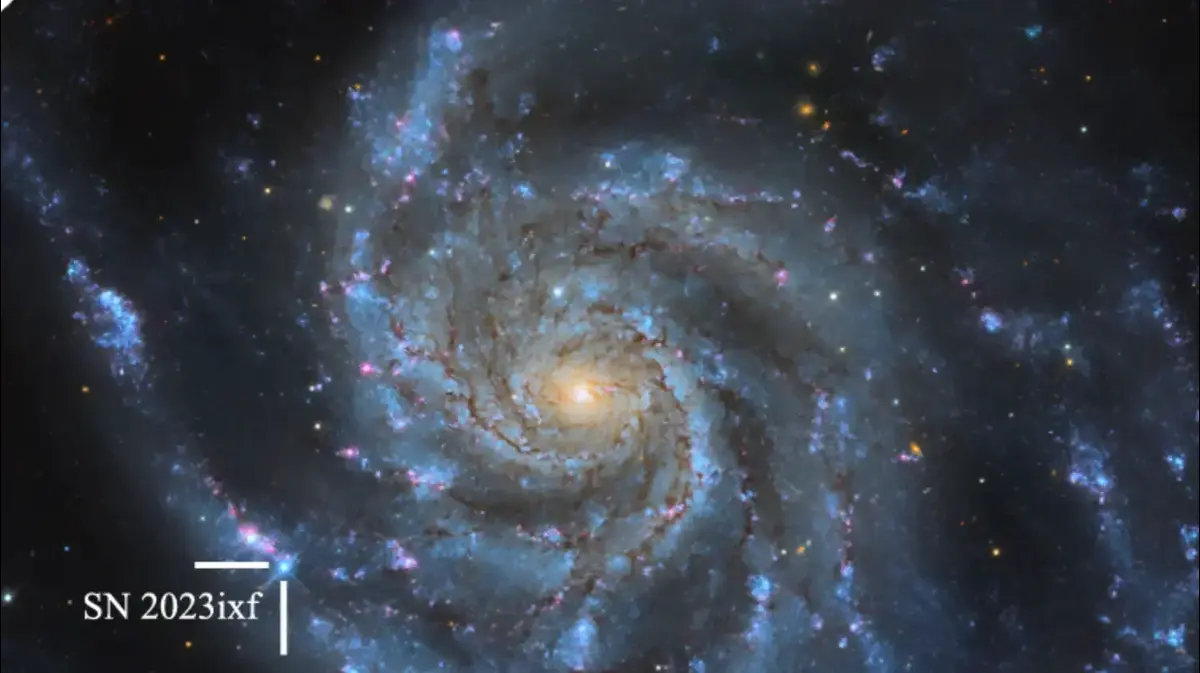They draw spirals, just like the disks of some galaxies, the stars seen by the Hubble Space Telescope, by NASA and the European Space Agency (ESA).
They are moving towards the center of a huge star cluster present in the Small Magellanic Cloud, a satellite galaxy of the Milky Way.
The discovery, published in two articles in The Astrophysical Journal and led by the American Space Telescope Science Institute in Baltimore, opens a window on the early universe: the Little Magellanic Cloud, in fact, has a simpler chemical composition than that of the our galaxy and is therefore similar to those that could be observed in the young universe, between 2 and 3 billion years after the big bang.
The researchers, led by the Italian Elena Sabbi, exploited the great longevity of the Hubble telescope (operational since 1990) to measure the displacement of stars over 11 years: the results show that the stars are traveling at a speed of over 3,200 kilometers per hour therefore, during the period under consideration, they moved almost 322 million kilometers (more than double the distance between the Earth and the Sun).
The incredibly precise observations were only possible thanks to the great sensitivity of Hubble's instruments, since the star cluster studied (NGC 346) is located about 200,000 light-years away from Earth.
The type of movement shown by the stars was then also studied with the Very Large Telescope (Vlt) of the European Southern Observatory (Eso), located in the Atacama Desert in Chile. Thanks to this telescope, a second group of researchers led by Peter Zeidler ESA was able to measure the radial velocity, which indicates whether an object is approaching or moving away from the observer.
"What was surprising was that we used two completely different methods with different structures, and we came to the same conclusion," comments Zeidler: "Everything is spiraling inward in the cluster."







